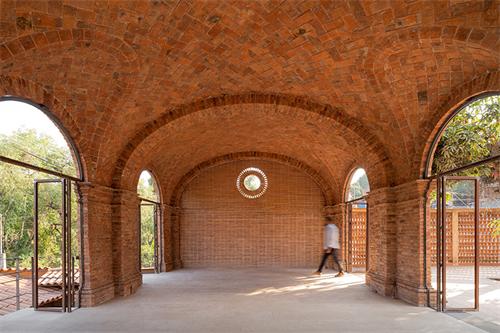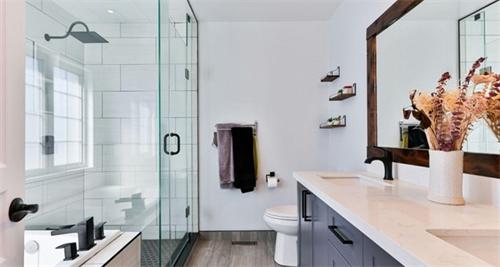Mexico’s Adobe Revival Brings Natural Cool and Comfort Home

Across Mexico’s arid landscapes, a centuries-old building tradition is breathing new life into modern homes. By harnessing adobe’s remarkable thermal mass and blending indigenous techniques with contemporary design, architects and homeowners are rediscovering how to stay comfortable without relying on air conditioning.
Historical Roots of Adobe in Mexico
Adobe construction in Mexico dates back to the pre-Columbian era, when Indigenous communities shaped earth, water, and fibrous materials into sun-dried bricks that formed durable dwellings. During colonial times, Spanish settlers integrated European design sensibilities—arched doorways, low-pitched roofs, and enclosed courtyards—into the indigenous adobe tradition, creating the iconic Spanish-Pueblo style still visible in historic monasteries and civic buildings near Popocatépetl.
Despite this rich legacy, much of Mexico’s vernacular adobe architecture fell into neglect in the 20th century as mass-produced cinder blocks and concrete became cheaper and faster to use. Today, only a handful of colonial structures and archaeological sites—such as Paquimé in Chihuahua—survive as testaments to adobe’s endurance in harsh climates.
The Science of Passive Cooling
Adobe’s power lies in its thermal mass: thick earthen walls absorb heat slowly during the day and release it gently at night, stabilizing indoor temperatures without mechanical refrigeration. Unlike lightweight materials that heat up and radiate warmth rapidly, adobe walls keep interiors cool through midday peaks and warm through nocturnal dips.
Beyond mass, design elements such as small, recessed windows minimize direct solar gain, while high-ceilinged rooms and vaulted portals encourage hot air to rise and escape. Some traditional Mexican homes also employ night-flushing: opening lower windows at dusk to draw in cool air and expel daytime heat through rooftop vents by morning.
The Modern Revival and Sustainable Living
In recent years, a wave of “mud evangelists” has championed adobe’s ecological credentials: its raw materials—local soil, straw, and water—generate minimal embodied energy compared to cement or fired brick. Innovative projects like Casa del So(u)l in Casas Grandes fuse pre-Columbian motifs with reinforced-earthen techniques, demonstrating that adobe can meet contemporary safety and comfort standards.
Architectural firms across Mexico are now integrating adobe into luxury eco-resorts, urban infills, and community-driven housing schemes. These designs often blend adobe walls with steel reinforcement, green roofs, and water-harvesting courtyards to create net-zero energy footprints and resilient structures resistant to wildfires and seismic activity.
As climate change intensifies heat waves and energy costs soar, adobe’s ancient wisdom offers a blueprint for resilient, low-carbon housing. Research partnerships between universities and rural communities are refining stabilized-earth mixtures and modular adobe block systems to scale up production without sacrificing craftsmanship.
By marrying traditional techniques with modern engineering, Mexico’s adobe revival is transforming how we think about home, comfort, and sustainability—proving that the coolest technologies can sometimes be the oldest ones.



